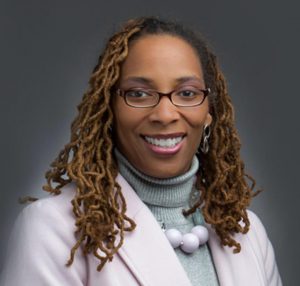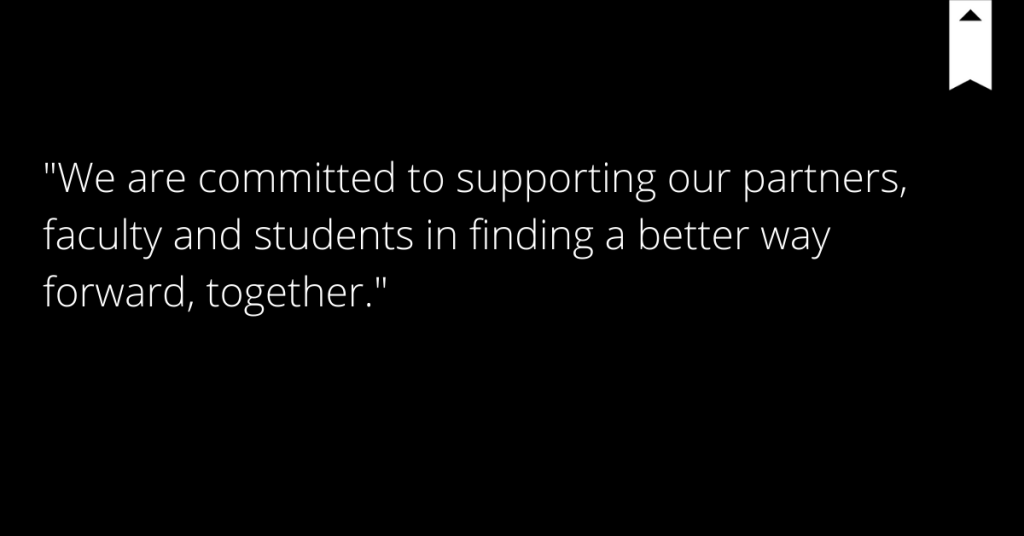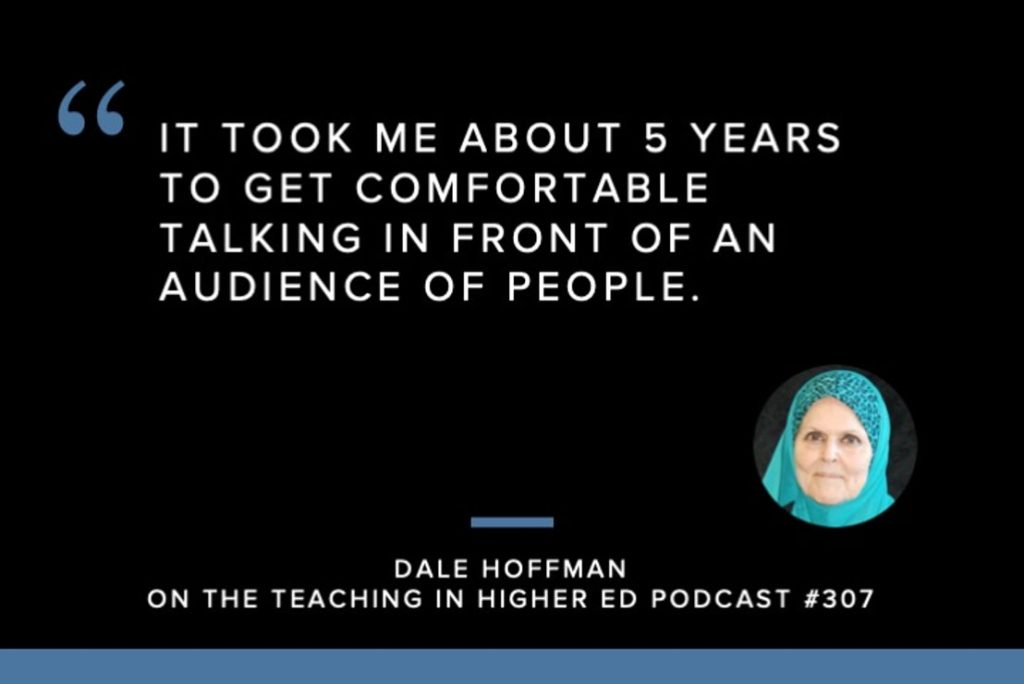
The Bottom Line: Helping Students to Thrive
Shauntae Brown White, Ph.D., ACUE-credentialed associate professor in the Department of Mass Communication at North Carolina Central University, cultivates a supportive and inclusive learning environment for her students—in the physical and virtual classrooms.
 North Carolina Central University’s (NCCU) Professor Shauntae Brown White, Ph.D., is passionate about intentionally cultivating a classroom environment in which her students can thrive—and where maintaining a focus on mastering course objectives is a key ingredient to success.
North Carolina Central University’s (NCCU) Professor Shauntae Brown White, Ph.D., is passionate about intentionally cultivating a classroom environment in which her students can thrive—and where maintaining a focus on mastering course objectives is a key ingredient to success.
It’s this focus, she said, that made the transition to a virtual classroom during the COVID-19 pandemic relatively simple.
“A well-designed class is going to be well-designed whether it’s face-to-face or online,” White said, emphasizing that clear learning outcomes and assignments eased the transition for her and her students.
For White, helping her students master course objectives during the coronavirus crisis also involved keeping their well-being in mind. Seeing several of her students struggling with anxiety, she considered how to make virtual learning as simple as possible—while simultaneously ensuring that her students could master the course content.
“My approach is really to look at what my learning objectives are and what is the bottom line,” White said. “For everything else—I decided, we don’t have to do this.”
White recently earned the University of North Carolina Board of Governors’ Award for Excellence in Teaching. One of 17 honorees in 2020, White was recognized for being an outstanding faculty member making extraordinary contributions in the University of North Carolina System.
Fostering a Collaborative Class Culture
As an instructor who prioritizes student success, White carefully considers how to foster an environment most conducive to collaborative learning and critical thinking. Creating meaningful connections and discussing relevant issues also plays a key role in her courses.
“I try to look for ways that students can see real-world connections,” White said.
As a professor at a historically black college and university (HBCU), she is considering how to discuss recent events in the Black Lives Matter movement with her students during the fall semester—notably how to guide her Media Law students to think critically about protesting. “Within the last fourteen days, we’ve seen real-world connection as it relates to first-amendment rights.”
For her, this is all part of a strong classroom culture where learning is meaningful and where no one is fearful of sharing what they bring to the table—a culture she starts building on day one.
“[Students] get more out of it when they are engaged—and engaged with other learners,” White said.
At the beginning of the semester, she has her students participate in a jigsaw method activity with their syllabus. She has found that this method, which she learned through ACUE, successfully encourages interaction with other students. And throughout last semester, White continued to employ five to six minute team-building activities during her classes. Although it takes time, she finds that this is a necessary component of shaping students.
“Some professors might say ‘that’s five or six minutes that I can’t afford to waste.’ But I think it really makes an impact on creating a culture that is safe for learning,” White said. “It creates an environment where they feel comfortable talking and sharing with each other and receiving criticism.”
The evidence-based practices recommended in ACUE courses allowed Brown to build on her 20 years of experience in the classroom. “I gained language and theory, or reasoning, behind some of the things that I already do…to have even more structured class discussions,” White said.
White restructured elements of her courses, revised several PowerPoint presentations, and started segmenting each class into several shorter lectures interspersed with discussions.
Additionally, she began helping her students emphasize major ideas connected with powerful images—and found that it helped speed up class time while also helping students grasp core concepts.
“I tend to find that students don’t know how to take notes,” White said. “So I really liked that…they’re not writing 50 words [but rather] 10 words.” This, along with the “admission ticket” technique helped White’s students finish each class with a major takeaway or question to consider.
White now serves as an instructional trainer for NCCU’s Office of Faculty and Professional Development. Already, she’s had an opportunity to conduct workshops on her syllabus activity.
On her ACUE experience, White called it really “awesome” adding “no matter if you’re seasoned or if you’re a novice, I think everybody can benefit.”


